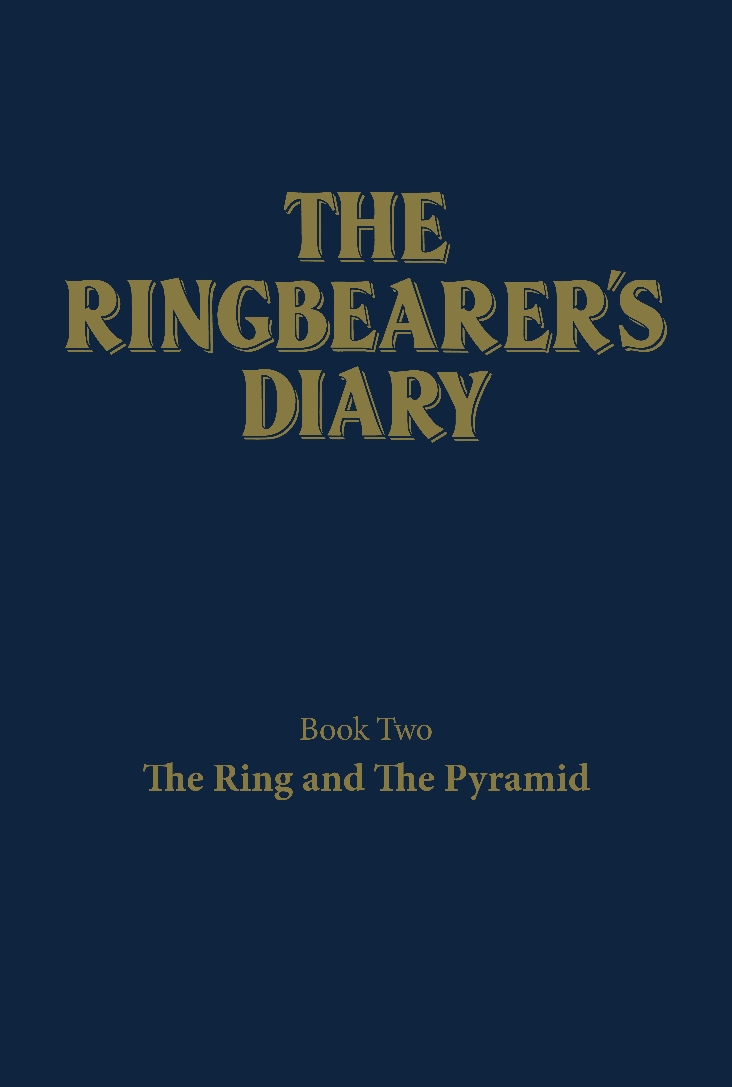| Book One: Wolfgang | ||
 |
Fairy tales and myths demonstrate that
for thousands of years human beings have tried to tell stories that
could be told in no other way than by means of symbols or dream
language code. Book One constitutes the entrance to a mighty
“magical landscape” where no rules apply except those of the
landscape itself. In these regions the perennial question is: dare
we take another step forward? If we dare do so – no matter what we
will get to hear – it may happen, for instance, that one could be
given the task of placing Tolkien’s The Lord of the Rings on
top of Wagner’s opera cycle The Ring of the Nibelung, as if
we were having on our hands two transparent maps which – when lit
from behind – coincide to reveal longitudes and latitudes as well as
a wealth of parallel stories. As a culmination, a cunning mechanism
is revealed: The Cursed Ring. At a first glance it does not
look particularly dangerous, but later on it turns out to be capable
of blowing to atoms the consciousness, building a false
consciousness on top of the right one as well as sending humanity
“back to the stone age”, as far as evolution is concerned.
Peter on Youtube: |



